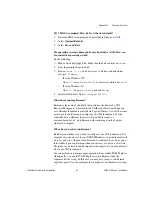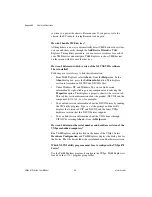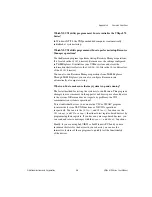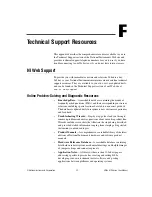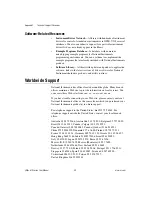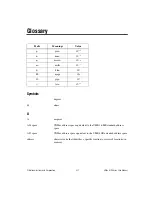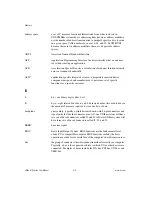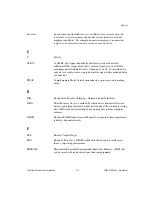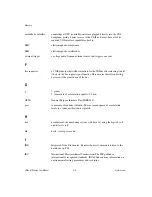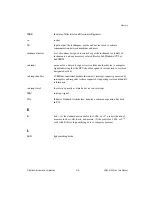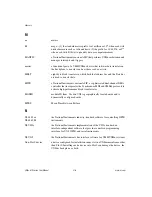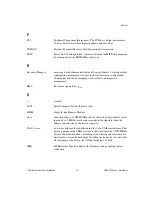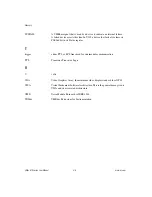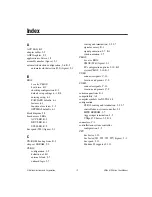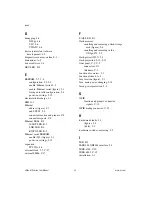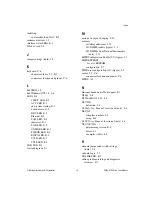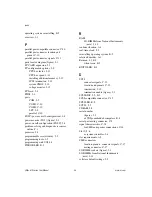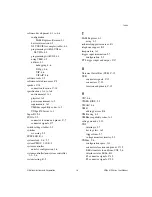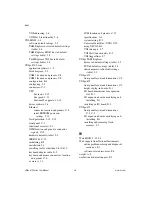
Glossary
G-2
www.ni.com
address space
a set of 2
n
memory locations differentiated from other such sets in
VXI/VMEbus systems by six addressing lines known as address modifiers.
n
is the number of address lines required to uniquely specify a byte location
in a given space. Valid numbers for
n
are 16, 24, and 32. In VME/VXI,
because there are six address modifiers, there are 64 possible address
spaces.
ANSI
American National Standards Institute
API
Application Programming Interface; the direct interface that an end user
sees when creating an application
ASD
Acceleration Spectral Density; a calculation of random vibration intensity
across a frequency bandwidth
ASIC
application-specific integrated circuit—a proprietary semiconductor
component designed and manufactured to perform a set of specific
functions for a specific customer
B
b
bit—one binary digit, either 0 or 1
B
byte—eight related bits of data, an 8-bit binary number. Also used to denote
the amount of memory required to store one byte of data.
backplane
an assembly, typically a printed circuit board, with 96-pin connectors and
signal paths that bus the connector pins. A C-size VXIbus system will have
two sets of bused connectors called J1 and J2. A D-size VXIbus system will
have three sets of bused connectors called J1, J2, and J3.
BERR*
bus error signal
BIOS
Basic Input/Output System. BIOS functions are the fundamental level
of any PC or compatible computer. BIOS functions embody the basic
operations needed for successful use of the computer’s hardware resources.
bus
the group of conductors that interconnect individual circuitry in a computer.
Typically, a bus is the expansion vehicle to which I/O or other devices are
connected. Examples of buses include the ISA bus, PCI bus, VXI bus, and
VME bus.









